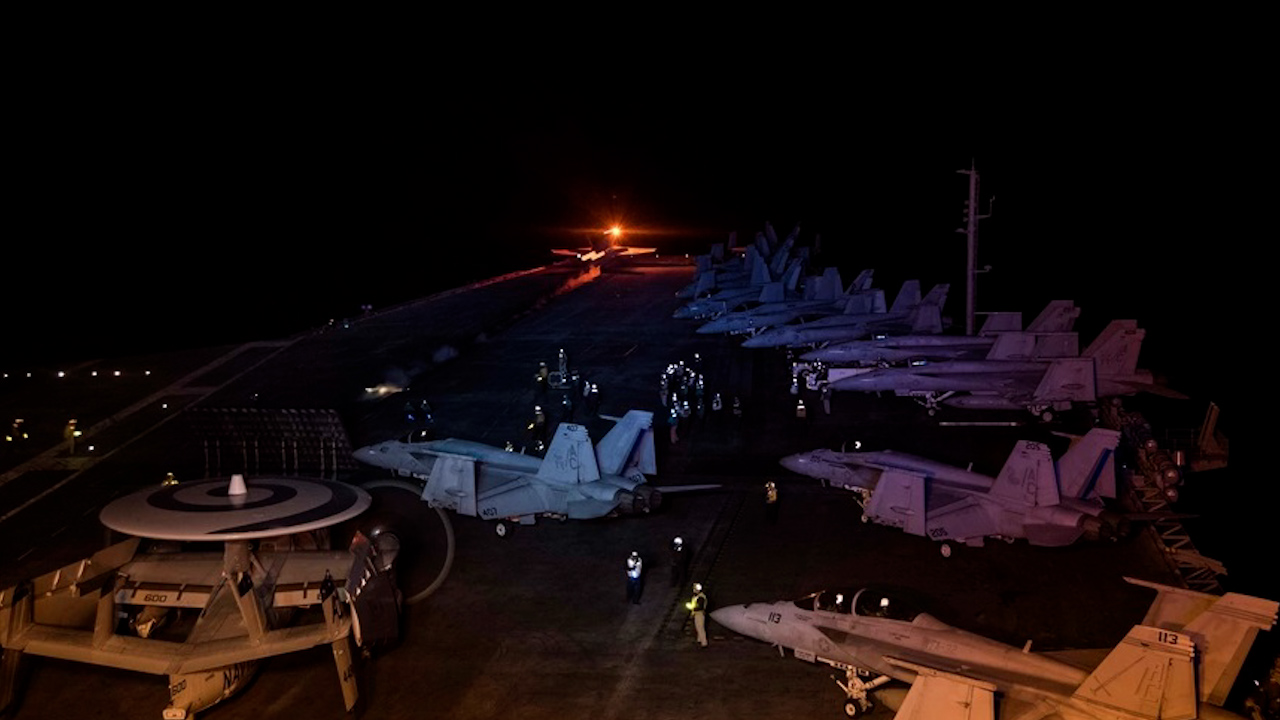The United States and the United Kingdom conducted large-scale air and missile strikes on Houthi rebel facilities across Yemen at about 4 p.m. Eastern Standard Time. This joint military action, which also involved support from Australia, Bahrain, Canada, and the Netherlands, was in response to ongoing attacks by the Houthis on commercial shipping in the Red Sea. The precision strikes aimed to disrupt and degrade the Houthis’ capabilities, particularly their ability to threaten global trade and the safety of mariners.
The targeted areas included a Houthi underground storage site and locations linked to the group’s missile and air surveillance capabilities. The U.S. military assessed that the strikes were effective at all eight locations, destroying the missiles, drones, and weapons storage facilities that were targeted. However, there is an acknowledgment that the Houthis may still possess capabilities to continue their attacks.
This series of strikes is part of an ongoing effort by the U.S. and its allies to de-escalate tensions and restore stability in the Red Sea region. The Houthis have reportedly launched attacks on at least 33 commercial vessels using various weapons, including cruise and ballistic missiles, drones, and rockets. The U.S. and U.K. forces, with their allies, have been conducting these strikes in self-defense and to protect the free flow of commerce in critical waterways. Despite these efforts, the strikes have not completely halted Houthi attacks against shipping.
The U.S. strategy appears to be a blend of limited military strikes and sanctions, aimed at weakening the Houthi militants while avoiding a wider Middle East conflict and addressing the support they receive from Iran. The ongoing disruption to global shipping caused by these attacks has had significant economic impacts, with many shipping companies halting or diverting their operations in the Red Sea.
Details:
The attack came from
- Ship- and Submarine-Launched Tomahawk Missiles: These were used to hit the designated targets.
- Fighter Aircraft: Specifically, U.S. Navy F/A-18 Super Hornet fighters were involved in the operation.
- Aircraft from the U.K. armed forces: This included Royal Air Force Typhoon aircraft, which conducted precision strike operations.
- Warships and Submarines: These platforms were used to launch the Tomahawk missiles.
The strikes targeted eight sites, including a Houthi underground storage site and locations associated with the Houthis’ missile and air surveillance capabilities. The operation was carefully calculated to minimize the risk to civilians, with strikes carried out at night for the same purpose.


